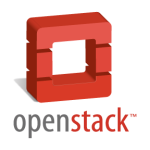Comment uncomment and replace characters in multiple lines in Vim

Modifying files in Vim can be arduous and time-consuming, especially when we want to modify multiple lines at once. The typical use case is modifying a configuration file in the system when it is required to comment or uncomment multiple lines at a time, or to replace the same character in many similar lines from the top to the bottom. Here are a few hints on how to facilitate multiple line modifications in text files using Vim editor.

